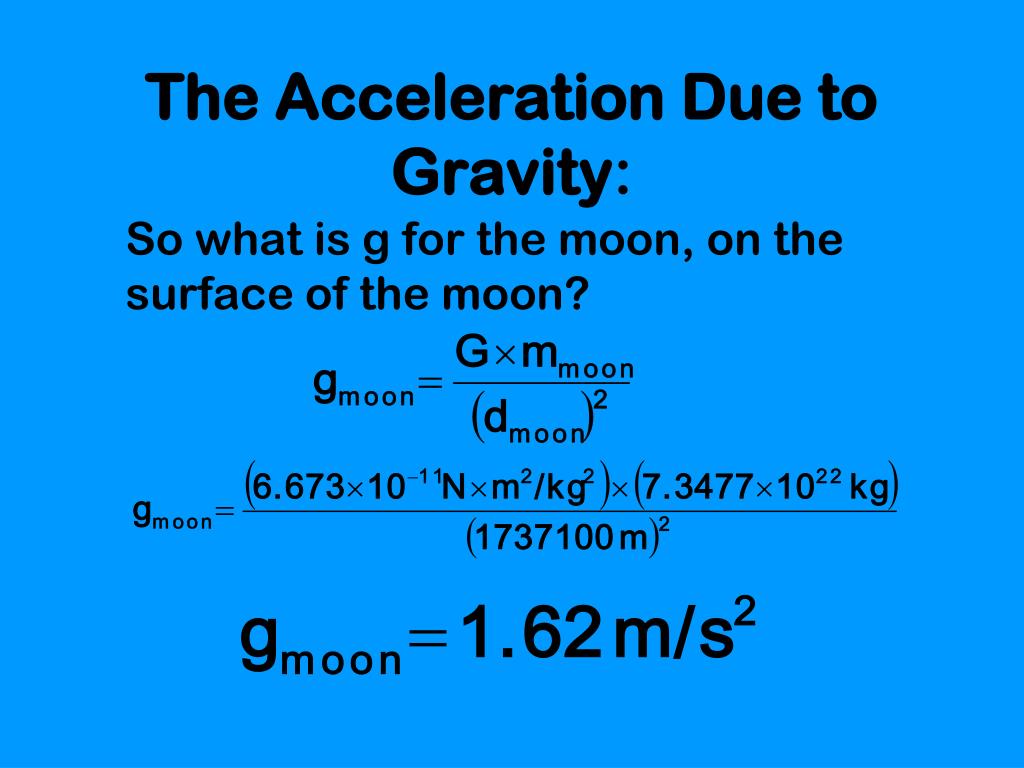
Gravity, said Einstein, actually moved matter along the curving pathways embodied in spacetime - paths imprinted by mass and energy themselves. After years of struggle, Einstein succeeded in showing that matter and spacetime mutually interact to mimic Newton’s naïve idea that masses attract each other. A decade earlier, his special theory of relativity had merged matter with energy while implying the unity of space and time (soon to be christened as spacetime).
#Gravity formula series
Gravity’s secrets succumbed to Einstein’s general theory of relativity, unveiled in a series of papers submitted a century ago this November to the Prussian Academy in Berlin.

Gravity, Einstein showed, did not just make what goes up always come down. It took an Einstein to figure out gravity’s true modus operandi.

But he couldn’t explain how, and he famously refused to try. Newton’s law of gravity had united the earthly physics of falling apples with the cosmic dances of planets and stars. But Einstein looked at space and time and saw a single dynamic stage - spacetime - on which matter and energy strutted, generating sound and fury, signifying gravity.

And time, Newton declared, flowed at its own pace, oblivious to the clocks that measured it. Albert Einstein opened humankind’s eyes to the universe.īefore Einstein, space seemed featureless and changeless, as Isaac Newton had defined it two centuries earlier.


 0 kommentar(er)
0 kommentar(er)
